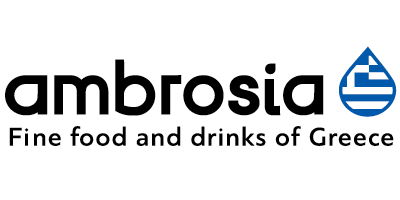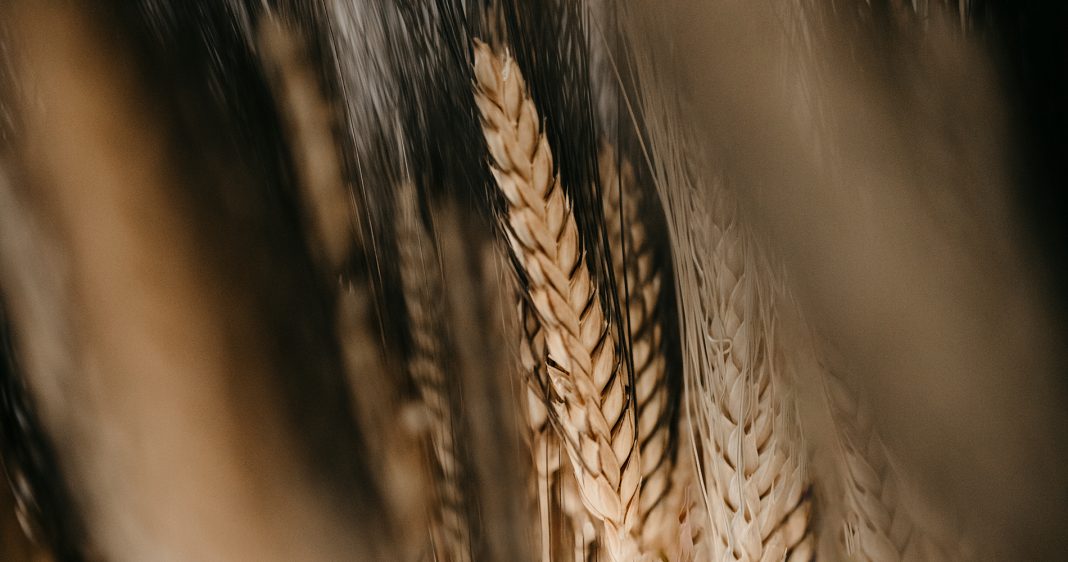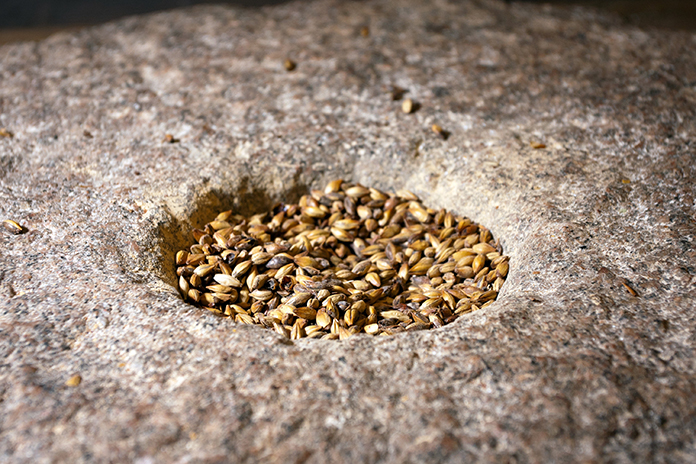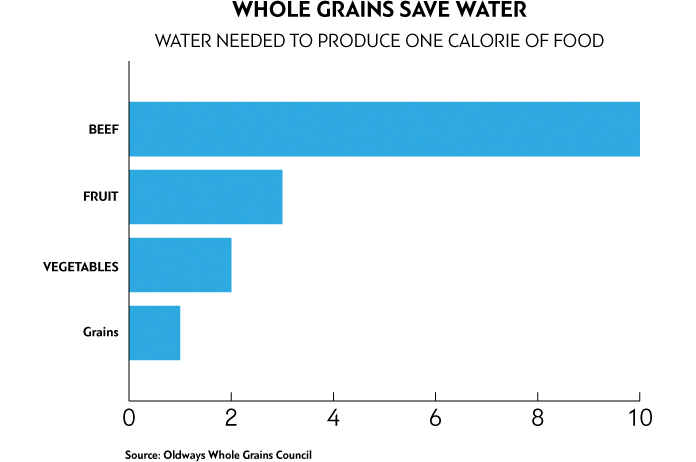Everything old is new again as heirloom and ancient grain varieties rise in popularity. In fact, words such as faro, sorghum, teff, millet, quinoa, spelt, and amaranth are currently trending not only among healthy foodies, but in the mainstream as well.
Story: Vana Antonopoulou
What are ancient grains?
There is actually no official definition of the term “ancient grains”. Theoretically, they are plants that have been cultivated for centuries –millennia even– in the same way, while The Whole Grains Council describe ancient grains “loosely as grains that are largely unchanged over the last several hundred years”. Therefore, modern wheat, constantly bred and changed, is not an ancient grain. Bulgur, einkorn, emmer/farro, spelt, and khorasan, all part of the wheat family, are, however, recognized as ancient grains. Other ancient grains include sorghum, teff, millet, quinoa, amaranth, buckwheat, and wild rice, as well as rare varieties of other common grains, such as black barley, red and black rice, and blue corn.
Ancient grains speak to tradition in countries such as Ecuador, Ethiopia and Peru, while their explosion in popularity in the West is driven by health-conscious consumers and fashionable eating habits. Quinoa was the first ancient grain to explode in popularity, while others, like barley have always been around but have never been that trendy. The US pioneered the trend, which then reached key Western European countries such as the UK, France and Germany, and is now experiencing fast growth in markets like Spain and Eastern Europe (Lithuania, Russia), where lies the most promising potential.
What about ancient grains in Greece?
Mr Panagiotis Saitanoudis, founder of Peliti, an alternative collective active in preserving and promoting heirloom and ancient grains, explains that “Greece is one of the richest countries in terms of plant genetic material. In fact, it is ranked in 17th place in the world!”
According to him, this is due to three main reasons: (a) Greece has a very diverse and rugged terrain, full of mountains, plains, many islands, many microclimates, etc.; (b) agriculture in the area dates back 10,000 years and therefore thousands of varieties have been created by farmers; and (c) Greece is located in one of the centers for the spread of varieties, that of Southeast Europe, from where varieties that proliferated all over the world either started or have crossed.
“Greece contributed to the global community not only theatre, art, sciences or democracy, but also many grain varieties,” adds Mr Saitanoudis. “In the area of Sitagroi in Drama, Northern Greece, as well as in other Greek regions, einkorn wheat (Triticum monococcum) was discovered. This particular variety has been cultivated for over 9,000 years in the country. Another well-known plant that was cultivated in antiquity and is still cultivated, is split peas from the island of Santorini or Fava Santorinis PDO, which has been around since the Bronze Age, in 1,500 B.C.”
Healthy, tasty and sustainble
According to research firm HealthFocus International, there is a strong opportunity globally for ancient grains with half of consumers interested and nearly 40% saying they use ancient grains at least once a week. In fact, of those shoppers interested, more than 20% are willing to pay a premium for products that include ancient grains.
Are they healthier and more sustainable than modern grains? Ancient grains are widely considered to be more nutritious than standard commodity grains that have been bred for higher yields. Ancient grains are also GMO free and many qualify for whole grain, fiber or gluten-free claims. There is scientific evidence and approved health claims linking diets rich in fiber-containing grain products and the reduction in chronic diseases. Based on data collected from a Nielsen 2019 survey, retail sales of ancient grains are currently dominated by quinoa and wild rice, together representing 87% of specialty grains and wild rice categories, with barley, farro, and bulgur accounting for most of the remaining 13%. It is worth noting that growth of 2.0-2.5% for these referenced specialty grains occurred in each of the past three years, while prices declined, perhaps due to increasing supply.
Many ancient grains thrive with lower levels of pesticides, fertilizers, and irrigation, making them an attractive choice to environmentally conscious consumers who choose to shop with their carbon footprint in mind. Ancient grain varietals also offer further advantages: most of them are usually free or low in gluten, high in nutrients, and self-reliant against insects and fungus.
In addition, consumers see the consumption of alternative and ancient grains as a way of getting more fiber and naturally occurring protein in their diet, according to the Health and Wellness 2017 report conducted by research firm The Hartman Group. The report found that 63% of consumers say they’re seeking more fiber in their diet, 58% say the same about whole grains, and 32% say they are seeking plant-based proteins.
As Mr Diamantis Papapanagis, Food Technologist – R&D at Mills of Crete, confirms “Regarding their organoleptic characteristics, ancient grains are somewhat different than your standard, regular cereal. Since they need less water for cultivation, they also contain less water and, therefore, certain substances, such as carbohydrates, proteins, etc. are more concentrated. So, they have more flavor. Nutritionally, they pack more dietary fiber than modern wheat, more amino acids and more nutrients.” “Plus, their gluten is somewhat different and easier to digest, especially for those suffering from food intolerances. Not, however, for people suffering from coeliac or some autoimmune disease or those allergic to gluten,” clarifies Mr Papapanagis.
Food fad or here to stay?
As consumers look for healthy alternatives to heavily-bred grain crops, while driving the agricultural industry towards more sustainable farming practices, ancient grains appear to hold the answer.“What really boosted ancient grains is the fact that due to the difficulty encountered in their baking –they do have some peculiarities– they can differentiate artisanal bakery from industrial bakery,” asserts Mr Papapanagis.
He continues, “You see, the dough derived from ancient grains, is not easily used in the industrial production line due to its consistency, its organoleptic characteristics; it is stickier,leakier, etc. So, its handling creates an extra difficulty for the industry. This is indeed a chance for small, artisanal bakeries to really make a difference. This is not to say, however, that industrial bakeries do not use ancient grains. But for manufacturers to use heritage grains, requires specific methods, special enzymes and certain special baking techniques.”
In recent years, the significant increase in world population, as well as the need to find alternative sources of protein, has forced the scientific community to look towards plants, putting heritage/ancient grains into the spotlight. Another reason for the increased interest and the development of ancient grains is the preservation of biodiversity.Mr Saitanoudis states that, “Nowadays, many scientists are interested in heritage grains and there is extended research on the value of local varieties. Not to mention that there are indeed many products made from local, heritage grains, and lots of consumers looking for such products.”
“Heritage varieties are a living part of our civilization and history. Just as we have a duty to preserve our ancient monuments, we also have a duty to save these varieties, which have a historical continuity of thousands of years,” he says.
























